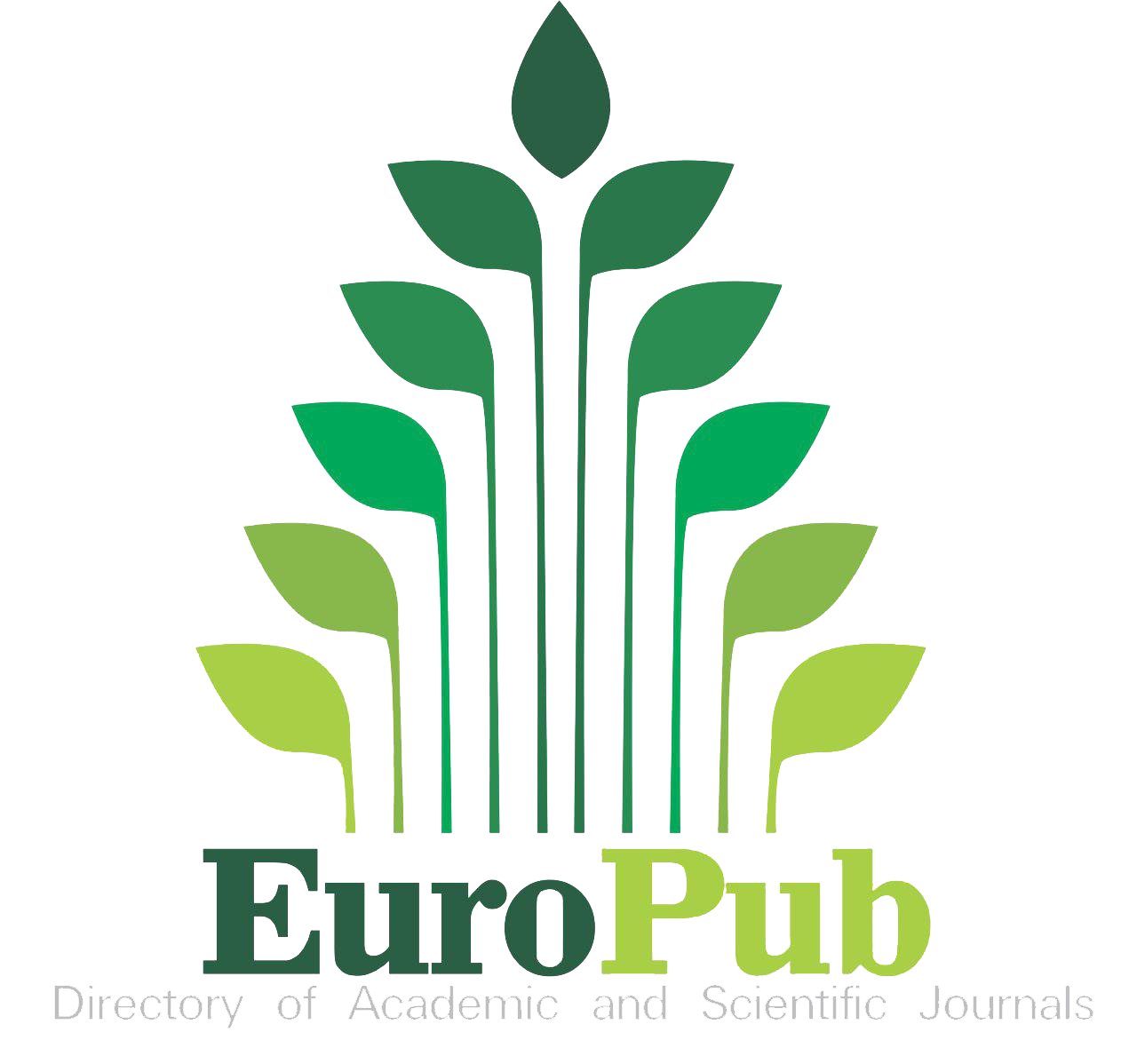Power System Restoration Using Artificial Neural Network (ANN)
DOI:
https://doi.org/10.54536/ajmri.v4i3.4820Keywords:
Artificial Intelligent, Neural Network, Power System, RestorationAbstract
The persistent power failure in the country is caused by not restoring power fast for utilization. This leads to introduction of Power system restoration using artificial neural network (ANN). To achieve this, it is carried out in this manner, characterizing power system restoration, establishing the causes of power system failure, designing a SIMULINK model for power system restoration, Training ANN in the causes of power system failure for an effective restoration, develop an algorithm that will implement the process, designing a SIMULINK model for power system restoration using ANN and Validating and justifying the percentage improvement in power system restoration with and without ANN. The results obtained are the conventional short circuit cause of power failure is 54%. On the other hand, when ANN is introduced in the system it reduced to 49.3%. The percentage reduction in power failure as a result of short circuit that increases consistent power supply is 4.7%, with the results obtained, it was ascertained that the conventional overloads that coursed power failure was 72%. Meanwhile, when ANN was imbibed into the system, it decisively reduced it to 65.73% thereby improving constant power supply in the network. it drastically reduced to 65.73%. The percentage improvement in the reduction of power failure that improves power stability is 6.27%, the conventional timeliness in power system restoration is 60% while that when ANN is integrated in the system is 72%. The percentage improvement in power system restoration is 12%, the conventional Prioritization: Utilities in power system restoration is 75%. On the other hand, when ANN is integrated in the system it improves to 90%.The percentage improvement in Prioritization: Utilities in power system restoration over the conventional approach is 15% and the conventional Reliability: Utilities in power system restoration is55%. Meanwhile, when ANN was integrated in the system, it improved to66%. Finally, the percentage improvement in the Reliability: Utilities in power system restoration when ANN is imbibed in the system is 11%.
Downloads
References
Bretas, A. C., & Phadke, A. (2004). Artificial neural networks in power system restoration. IEEE Transactions on Power Systems, 19(2), 919-927.
George, S. J. (2015). Power system restoration using artificial neural networks. PhD thesis, Anna University, Chennai, India.
Hannan, M. A., Lipu, M. S. H., Hussain, A., & Mohamed, A. (2018). Neural network approach for estimating state of charge of lithium-ion battery using backtracking search algorithm. Faculty of Engineering and Built Environment, Universiti Kebangsaan Malaysia, Selangor, Malaysia.
Haykin, S. (2009). Neural networks and learning machines (3rd ed.). Pearson Education, Inc.
http://dai.fmph.uniba.sk/courses/NN/haykin.neural-networks.3ed.2009.pdf
Singh, S., & Singh, S. (2020). Artificial neural network-based power system restoration: A review. Journal of Electrical Engineering, 18(2), 65-79.
Tripathi, S., & Singh, S. (2019). Artificial neural network-based island restoration scheme for power systems. International Journal of Electrical Power & Energy Systems, 112, 450-464.
Wang, Y., & Shahidehpour, M. (2000). Restoration sequence scheduling for power systems using artificial neural networks. IEEE Transactions on Power Systems, 15(4), 1331-1337.
Downloads
Published
How to Cite
Issue
Section
License
Copyright (c) 2025 Chukwuagu M. Ifeanyi, Ogbu Gregory, Chukwu Linus

This work is licensed under a Creative Commons Attribution 4.0 International License.







